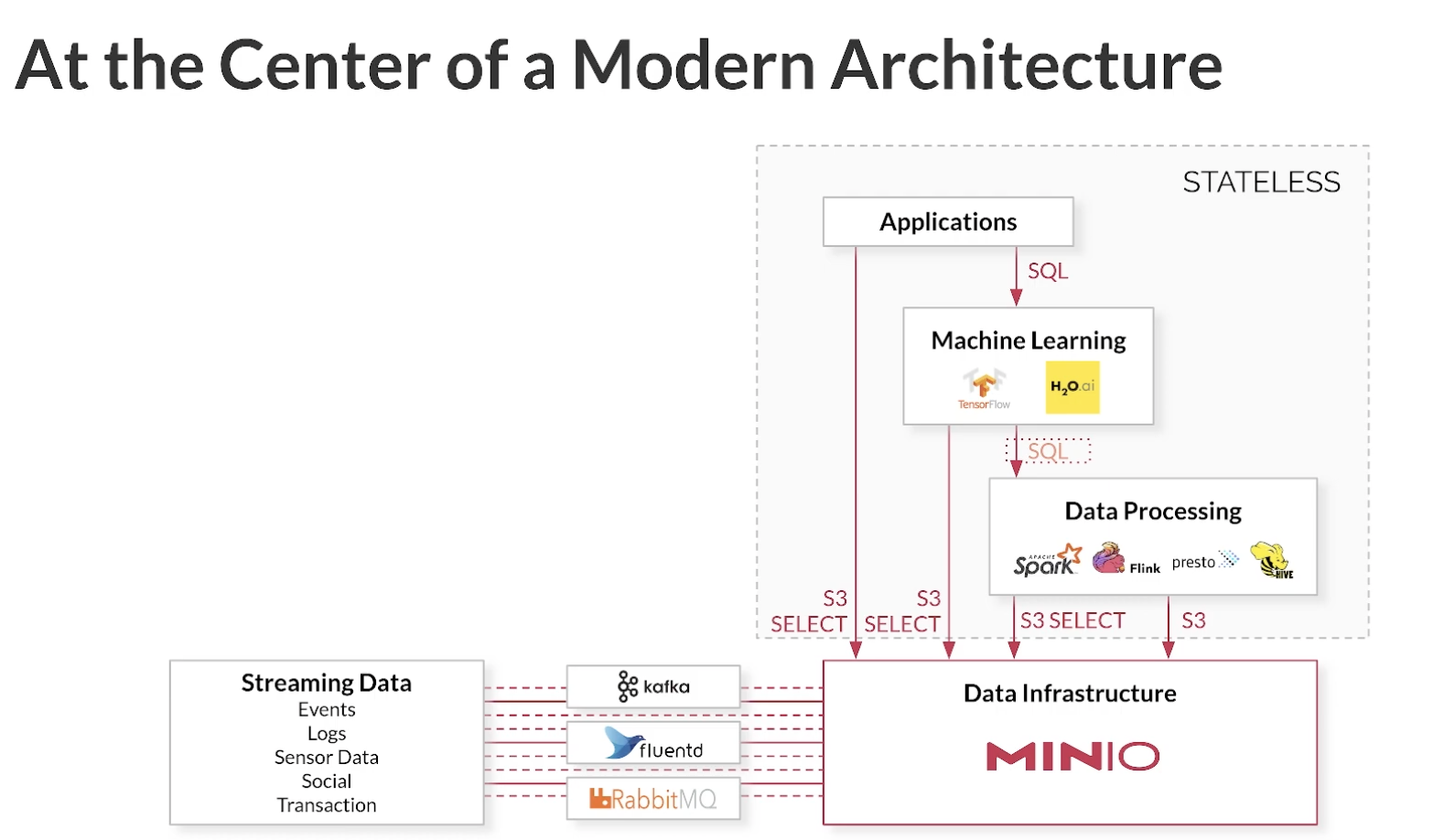YouTube Summaries: Essentials for Admins

In our last YouTube summary post, we covered Mike “MJ” Johnson’s series on running and deploying MinIO on Linux. This week, we will be focusing on Essentials for Admins—a five-part course by MinIO’s Ravind Kumar for developers and system administrators to understand how object storage works and how it can be applied, taking you from the most basic terminologies all the way to a hands-on lab detailing how MinIO is used.
First, Ravind goes over the core concepts of object storage as a framework for what’s to come, defining objects, buckets, object storage, S3-compatibility, and erasure coding. For those new to object storage, understanding these ideas is essential for beginning to deploy object storage in a production capacity.
Next, he details how to run basic operations through MinIO in your local environment—creating a bucket and putting objects into it, listing the objects, retrieving objects, and deleting objects.
In the third installment, things get a bit more complicated as Ravind gets into versioning, which preserves the full file history of an object rather than overwriting or deleting. MinIO buckets are unversioned by default, but versioning is a simple function that allows the user to avoid accidental overwrites, modifications, or other issues in production.
Now that we have an idea of how MinIO works and how to use it on a basic level, the next part of the course is about MinIO’s enterprise capabilities—the parts that make it more than a simple object store. Ravind describes the basics of the important features:
- S3 Compatibility
- Object Locking
- Single Sign-on
- Encryption & Tamper Proofing
- Lambda Compute
- Erasure Code & Bitrot Protection
- Object Lifecycle Management
- Server Side Bucket Replication
After, he contextualizes these concepts by showing how a MinIO deployment works at the center of an enterprise’s architecture.

Finally, Ravind uses the lessons of the previous four videos for a hands-on lab running MinIO in a local environment, showing how a user would actually get value out of their object store and diving into a few more topics like containerization and the console block.
By the end of this course, developers and admins should have a decent understanding of how object storage works, the terminologies and concepts of the space, and how MinIO functions in an enterprise setting. While there is always more to learn when it comes to object storage, the fundamentals are simple enough to grasp and powerful enough on their own for a novice user to begin seeing value.
For a more in-depth explanation for installing and running MinIO, please refer to our documentation here. To learn more about MinIO or get involved in our community, please visit us at min.io or join our public slack channel.
